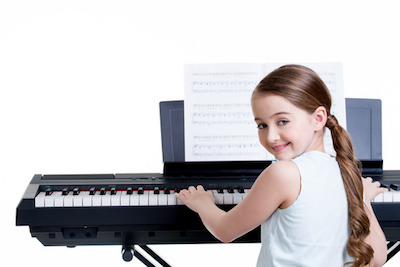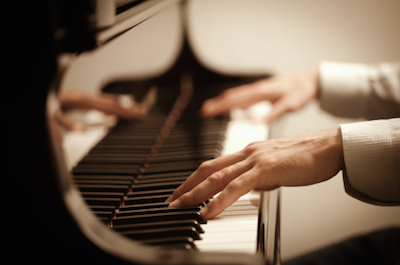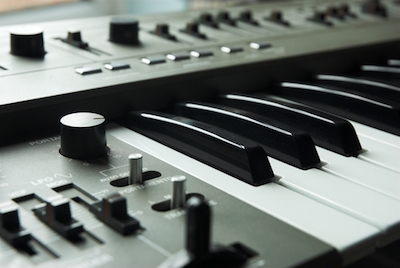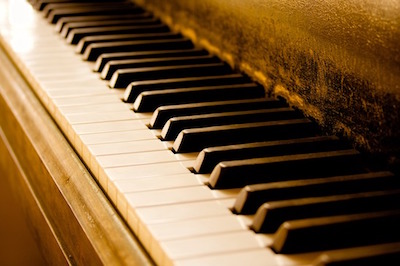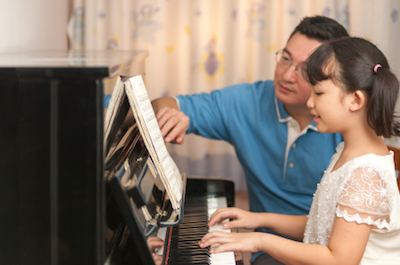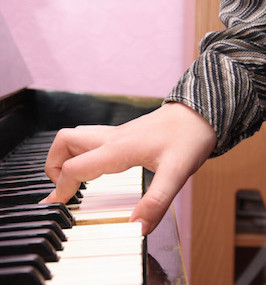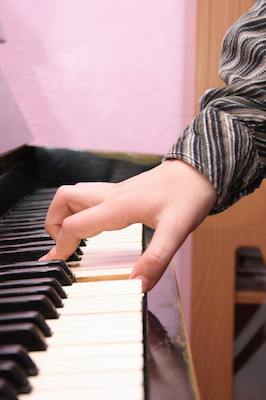Playing an instrument has many benefits. Science continually is proving the good that comes from introducing music into your life from a very young age.
But is there a difference between instruments? Does playing a drum have the same benefits as playing piano? Evidence is consistently showing that piano is different.
Piano is the ultimate instrument when it comes to skill. It takes two hands working simultaneously together while navigating 88 separate keys. A piano player can play up to 10 notes at a time, creating a mirage of sounds independently based on which note they press.
Because a piano player must use both hands equally, they have to overcome right of left-handedness. In most people’s brains, they invariably show domination on one side or the other. But in pianists, the higher the level of playing, the more demonstrable their symmetry is. Because they consistently use both hands equally, they strengthen both sides of the brain on a regular basis. Meaning they reduce domination in one side over the other.
The frontal lobe is responsible for decision making. It has a minor role in problem solving, language, and social behavior. Because all parts of the brain are more equal, each of these skills is called upon throughout the day. Pianists integrate all areas of the brain more efficiently, and can tap into spontaneous creativity when applying it to daily tasks.
When piano players play, blood pumps to each region of the brain more than average. It helps refine motor skills, making the entire thinking process easier. More blood flow means less energy is needed to concentrate. And more of what we do every day comes naturally. Like creative and purposeful interaction. Better communication. Better multi-tasking.
And the good news is it doesn’t matter when you begin. Give your child the gift of piano when they’re young, or take up piano as a hobby as you head into retirement. Either will give you every advantage of improving your brain.


